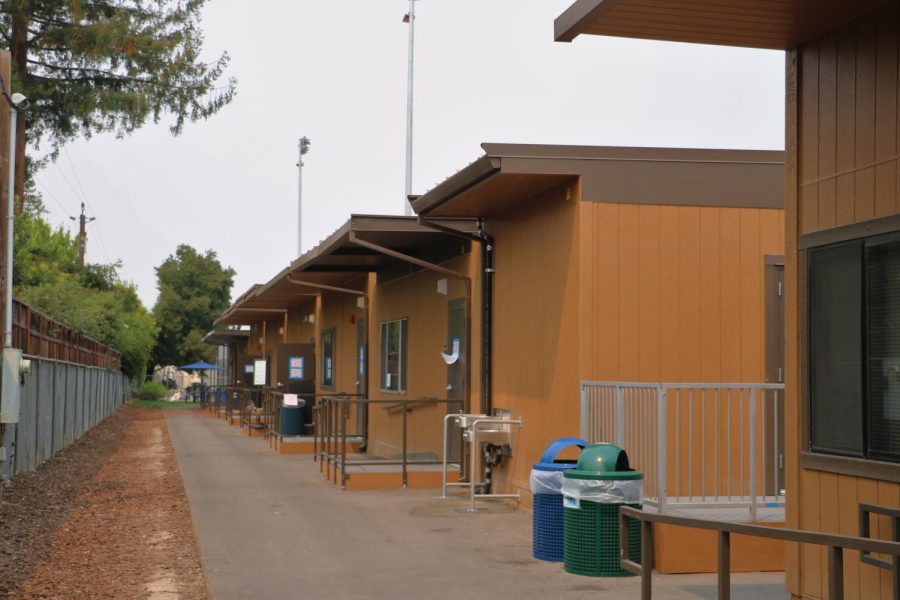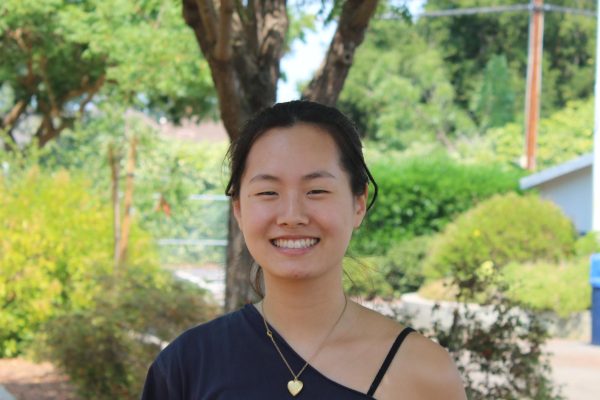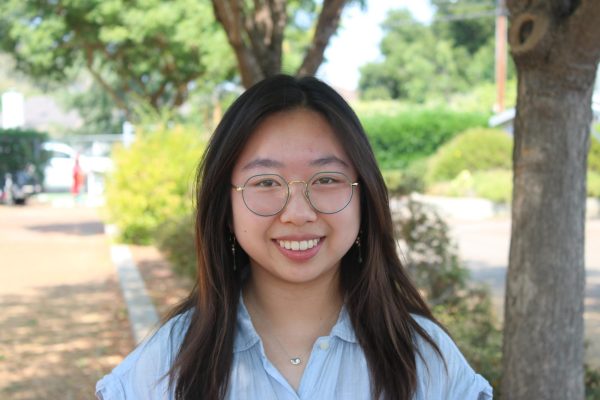Didn’t get the classes you wanted? Here’s why.
Although the District has worked behind-the-scenes to improve the course selection process, it was still difficult for many students to finalize the schedules they wanted.
After waiting in a series of long lines that stretched across the quad, students were finally able to get their schedules for the new school year. For many among the student body, course assignment was a fraught process of incorrect schedules and few explanations. Despite frustrations, however, the administration has worked behind the scenes to increase student support and clarify the process.
Course assignment is a long process that stretches from January to August. After students submit their course selections on Aeries, computers process the data and decide how many sections each class needs. The goal of this process is to put as many students in their first choice class as possible. Depending on the results, the administration decides on how many teachers they need to assign or hire in each section. Popular courses, like AP Psychology, are more difficult to assign. Due to high demand, many students who requested these classes are unable to take them.
There are certain criteria that factor into how students are given preference for different classes. Seniority is important in deciding class assignments. The total number of AP courses a student wants is considered as well. Students that request multiple AP courses, especially in the same subject, are less likely to get those courses than students that request fewer AP courses. For example, the administration would prioritize ensuring that every student has access to one AP science class before giving two AP science classes to some students.
“We don’t want a small group of students to take over all of the electives,” assistant principal Fabian Medina-Morales said. “We really look into how we can spread the wealth.”
This year, 98 percent of all students’ first or second choice classes made it onto their schedules. But the process of assigning classes is never perfect on the first try. This is where the first month of school comes in, which is when students can drop and enroll in classes they didn’t get on their initial schedule. But despite the streamlined course selection process, students still seemed to enter the school year feeling lost and frustrated.
“If you go to your counselor, they’re just gonna tell you, ‘I’m not the person you want to come to,’” senior Markus Salkola said. “They don’t really want to take the time to actually look at every class and availability. It’s even harder to pick a class when you don’t know if the class is available.”
Whether or not this opinion is accurate, other students shared similar opinions – enough to consider Markus’s thoughts widespread.
No counselors The Talon contacted agreed to be interviewed.
However, it also seems like many students are unaware of the work that needs to go into every year of course selection. Last year, the administration tried to make course selection easier by communicating more with students about future courses. If more people are satisfied with their original course requests, less students will request to switch classes in the new school year. Course selection week, a week dedicated to helping students decide which courses to take, precedes the submission of course requests for students. During course selection week, the administration focused each day on a different subject, allowing students to be more informed about the range of classes offered.
“We think that it would make students better consumers to know what the expectations are, the options that they have and that they’re making a conscious decision about the courses that they’re taking,” Medina-Morales said.
Sophomore small group workshops were also implemented last year. The meetings between sophomores and counselors focused on helping students develop a central theme in their classes and hone in on their passions. Along with group workshops, last year was the first year that students could mark alternate and first-choice courses.
“The idea [for the small group workshops] is that students are the protagonists in their own stories. We want to help them define what success means so that they don’t prescribe themselves a mindset of ‘I need 15 APs,’” Medina-Morales said.
The Mountain View–Los Altos Board has set the goal of getting students into their first-choice college. To reach this goal, the school hopes to offer a range of classes specializing in different subject areas to allow students to chart their own high school schedules. However, the administration wants to strike a balance between rigor and sustainability.
This intentionality in course selection is what drives a student’s story — the sequence of courses that emphasizes a student’s interest in a particular subject or extracurricular — and what colleges look for during the admission process.
“Most of our students are overscheduling,” Morales said. “Between clubs, sports, extracurriculars, schoolwork and homework, we want students to be intentional about the courses that they’re taking and not just take whatever class they feel is going to be the most difficult.”






